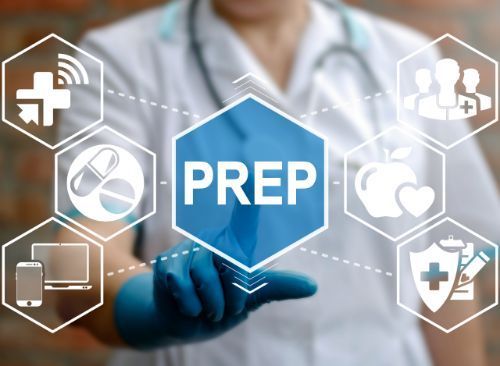Informing PrEP Scale-up, Cost and Delivery in Mexico
Drugs, personnel, and laboratory costs comprised 50%, 38%, and 12% of program costs.

A recent study conducted by investigators from the National Institute of Public Health in Cuernavaca, Mexico, has discovered that the costs of pre-exposure prophylaxis (PrEP) vary widely in the country depending on the service delivery platform.
Results from the study were presented at this year’s 11th International AIDS Society Conference on HIV Science.
Due to the limited implementation of PrEP programs in Latin American countries, understanding the cost of the delivery which targets priority populations is essential to inform national programs.
For the study, the team of investigators sough to describe the cost composition and variation of Mexico's PrEP demonstration project (ImPrEP), which provides PrEP and STI tests through trimestral visits.
The team conducted a retrospective costing study from the perspective of the provider by developing a framework which obtained the cost of all key activities to provide PrEP through 2 types of platforms.
The 2 platforms were: 1 public HIV clinic and 3 non-governmental organizations (NOGs).
Inputs were gathered from program budgets, expenditure records and staff interviews. The costs were classified into 3 categories: drugs, laboratories and personnel.
Findings from the study showed that during the 2019 year, 1,228 patients were delivered PrEP and attended 5,511 visits all together. The investigators found that the annual cost per client year was $1,484 and per visit was $184.
Additionally, the study found that the annual unit cost was significantly lower in the public health services when compared to the NGO services.
“PrEP costs vary substantially depending on the service delivery platform,” the authors wrote. “Drug costs accounted for half of the annual cost per client. To our knowledge, this is one of the first studies in Latin America assessing the cost of PrEP provision using primary data. Our results could help to inform PrEP scale-up in Mexico and other contexts.”
